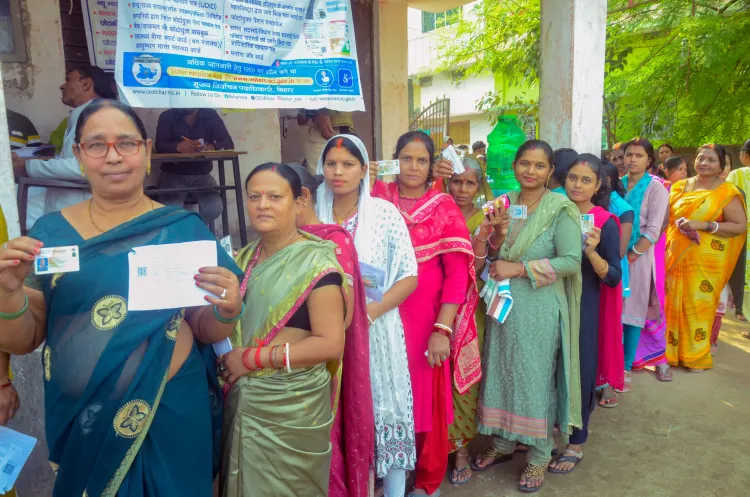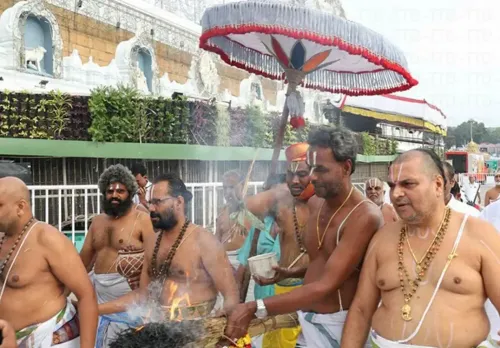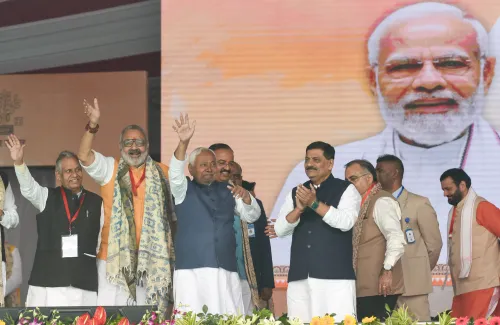Did Female Voter Turnout Influence Bihar Elections? BJP Not the Only Beneficiary

Synopsis
Key Takeaways
- Higher female voter turnout did not exclusively benefit the BJP.
- The Special Intensive Revision (SIR) had minimal impact on election outcomes.
- AIMIM secured multiple wins in constituencies with high female participation.
- The lowest female turnout corresponded with BJP victories.
- Voters chose candidates based on their preferences rather than party affiliations alone.
Patna, Nov 20 (NationPress) A thorough examination of the voting behaviors in the recently concluded Bihar Assembly elections indicates that the Special Intensive Revision (SIR) of electoral rolls, which faced significant criticism from the opposition, had no effect on the election outcomes, according to analysts on Thursday.
The latest insights from political analysts and psephologists dispel the notion that the increase in female voter turnout solely benefited the BJP. Instead, the SIR played a diverse role in shaping the results, affecting not just the Congress and Rashtriya Janata Dal but also other parties.
Data from the top five constituencies, out of 243, with the highest female voter turnout revealed that the results were mixed and not exclusively favorable to the BJP. An election data analyst highlighted that, out of these five areas, the BJP secured victory in only one constituency, Pranpur (AC 66).
The remaining four constituencies with significant female turnout included Thakurganj (AC 53), won by Janata Dal (United); Kochadhaman (AC 55), claimed by AIMIM; Baisi (AC 57), also won by AIMIM; and Amour (AC 56), secured by AIMIM.
This analysis indicates that AIMIM triumphed in three constituencies while the BJP and JD(U) won one each among the five with the highest female participation.
The female polling percentages were highest in Thakurganj (90.27%), Kochadhaman (89.22%), Pranpur (88.99%), Baisi (88.89%), and Amour (88.09%), according to the Election Commission of India (ECI).
Interestingly, the BJP secured victories in all five constituencies where female turnout was the lowest, including Kumhrar (AC 183), Bankipur (AC 182), Digha (AC 181), Biharsharif (AC 172), and Bhagalpur (AC 156), with Kumhrar reporting the lowest female turnout at 39.13%.
According to the analyst, “The ECI data clearly shows that a higher female voter turnout leads to varied outcomes, not simply in favor of the BJP.”
“The SIR and voting percentages had no discernible effect on the electoral results in Bihar. Voters exercised their preferences freely, choosing their representatives as they saw fit,” concluded the expert.









